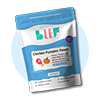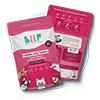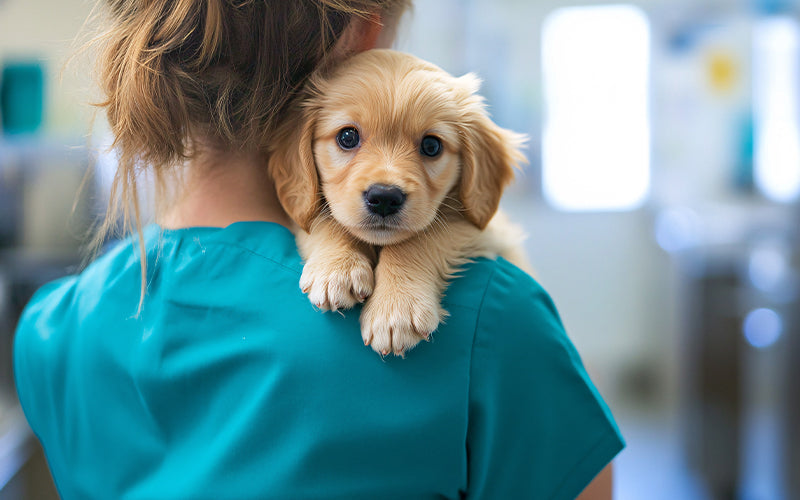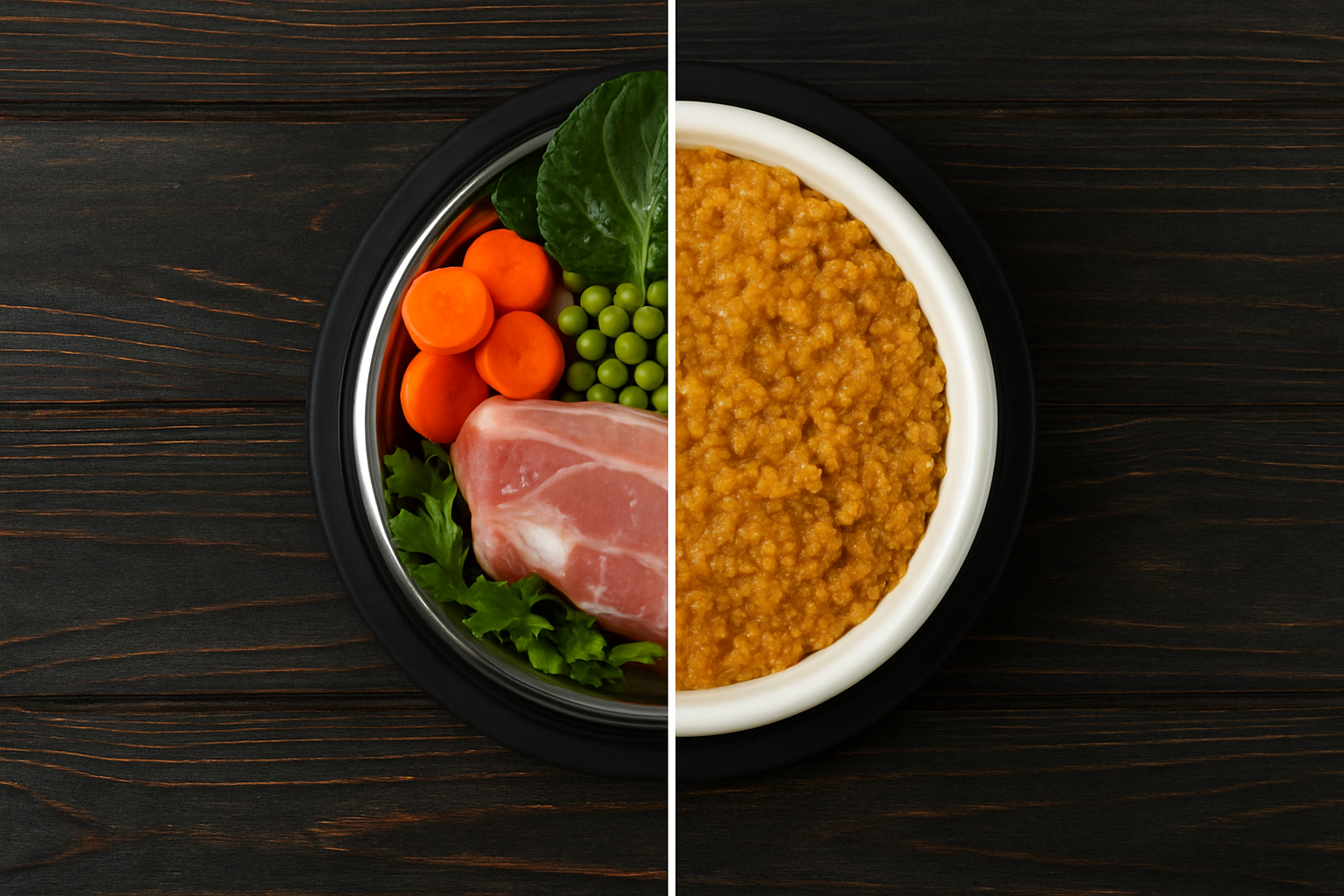Have you ever come home to what looks like the scene of a murder, but it is particularly your shoes or your furniture that have been mauled? You may even find the culprit jumping up and down at your feet, peeing a little in excitement.
Welcome to the phenomenon of Dog Separation Anxiety, sometimes known as Separation-related Behaviour (SRB) in dogs. This happens when your dog gets extremely anxious in your absence and starts acting destructively towards themselves or their environment, such as biting and scratching furniture or household objects, barking, crying or howling, defecating around the house, trying to escape the house, or even hurting themselves in extreme cases.
Sometimes, the condition is mild and only needs retraining, and at other times, they may even need medication to handle the condition. Let’s learn more about Dog Separation Anxiety, why it happens, and how to manage it.
Delving Deep into Dog Separation Anxiety
Dog Separation Anxiety is a condition that happens when dogs become unhealthily attached to their humans or overtly dependent on them. They become unable to function normally without their family around, in spite of having received socialisation training. Here are some symptoms of Separation Anxiety in dogs —
Common signs of separation anxiety in dogs:
-
Barking, crying, or howling when you’re not home.
-
Destroying household items and furniture when left alone, especially the things around the door or the family’s items.
-
Soiling the house and even eating their own excrement.
-
Pulling on their leash or slamming against the crate or door in an attempt to escape.
-
Extreme excitement when you come back home.
Less common signs of separation anxiety in dogs:
-
Following you around everywhere, always asking for attention.
-
Frantically searching for you when you’re out of sight.
-
Lack of appetite around the time that you leave and refusing treats when you come back.
-
Unnatural trembling or panting.
-
Excessive salivation for no apparent reason.
-
Repetitive behaviour like pacing, circling, and jumping.
-
Vomiting.
Can Dogs Feel Lonely?
Dogs are naturally very attached to their human family and affectionate towards them. They are particularly prone to loneliness and sadness when their pet parents are not around. Unless your pup has been properly socialised, they can develop an unhealthy amount of dependence on you, leading to Dog Separation Anxiety.
Well-adjusted dogs can keep themselves busy or entertained for hours, even when you’re not around. They will be calm and engaged in their own activities when you go out and lively and welcoming when you come back home. However, it takes a significant amount of training for dogs to be able to do this, and this training needs to start early on in their lives.

Why Do Dogs Get Separation Anxiety?
Excessive Dependency: Sometimes, dogs may become unnaturally dependent on their families. They’re unable to do anything by themselves — eat, drink water, climb stairs, or climb onto beds or couches. They always need someone at their beck and call, and they’ve grown accustomed to it. So, when they’re left alone, they feel trapped and abandoned. In such cases, Dog Separation Anxiety may take hold.
Bad Memory: Dogs, like all animals, learn from prior experiences. Therefore, it may sometimes be that they’ve had some bad experiences while being alone: getting hurt, abandoned, trapped, lost, etc. This can lead them to associate the bad memory with the situation of being left alone. This, obviously, triggers a lot of anxiety and fear in them.
Attention-seeking Behaviour: Attention is essential to a dog’s proper socialisation. If they don’t get it in a systematic way, they seek it in ways that may speak of maladaptation. Dog Separation Anxiety may be a symptom of this maladaptation, especially when a pet parent is only engaging with them when they behave badly while they’re trying to leave. Dogs are simple; they take what attention they can get.
Change in Schedule: A change in schedule can sometimes trigger Dog Separation Anxiety. Suppose there are particular times when your dog needs you the most. In the morning, just after a nap, or around meal time. They’re used to you being there for them during those times. But, suddenly, they find you missing during these times. That can cause them a lot of anxiety and feelings of being abandoned.
Change in Family Routine: To dogs, their families are their whole world. Usually, human lives are longer than a dog’s. But sometimes, a human they’re used to may relocate, change routines, or even pass away. In those cases, separation anxiety in dogs can reach severe levels.
Change in Residence: Being very attuned to their environments, dogs can often become jittery or anxious when their surroundings suddenly change, such as a change of residence or even complete relocation to a different geological location. In these cases, the whole setting becomes foreign to them, which can cause a lot of anxiety. Their humans being central to their lives, they may refuse to leave your side.

How to Help a Dog With Separation Anxiety?
If your dog’s separation anxiety is mild:
Minor cases of Dog Separation Anxiety can be handled via relatively easy behavioural training. Here are some tips —
Positive Association: One way of combating separation anxiety in dogs is to start associating your dog’s alone time with something pleasurable, such as a rare treat. You can give them their favourite snack or treat when you’re out, preferably stuffed inside a puzzle toy or some kind of gradual treat dispenser. Remember to not use these particular snacks or snack dispensers when you’re around your dog, so that they associate your leaving with the rare treat.
Measured Attention: When you go out or come back, ignore your pup for a few minutes till they have calmed down. When they are finally calm, reward them with a lot of attention and maybe even some treats. This way, they will associate calm behaviour with rewards.
Teaching Tricks: Sometimes, something as small as diverting their attention may also help dogs relieve some of their anxiety. When they are getting agitated at your departure, try to distract them with a ‘sit’, ‘roll’, or ‘shake hands’ command. Same when you come back. Reward their compliance with attention. This may eventually help them relax.
If your dog’s separation anxiety is severe:
If your dog’s separation anxiety is moderate or severe, they will need an extensive desensitisation and counterconditioning programme. This should also be done after taking advice from your vet as well as a trained veterinary behaviourist —
Establish a Routine: Routines are very important when it comes to training a dog. Try and time your dog’s day around the time when you’re due to leave. Before leaving, take your dog for a walk so they can relieve themselves as well as tire themselves out. You can also serve them their food just before you leave so that they are distracted for a little while. When you’re home, train your dog to be away from you over small periods of time, whether it be in their crate, in another room, or even on another floor. This will help them slowly get into the routine of being away from you while remaining calm.
Predeparture Cues: Dogs usually pick up on your behavioural cues to understand you better, and anxious dogs even more so! As humans, we are also creatures of routine and perform a lot of repetitive tasks before we go out, such as putting on clothes, spraying perfume, turning off lights and fans, getting our shoes out, taking our keys, etc. Anxious dogs pick up on these cues and associate them with separation. Therefore, you can try and do these things randomly throughout the day without leaving when you’re counterconditioning them. This will break their anxious association with these cues, and they may be better relaxed when you do them before actually going out.
Calculated Departures/Absences: The bottom line is to teach your dog to be comfortable in your absence when you’re giving them counterconditioning training. To do that, you’ll have to start slow. Try to go out of the door and stay out for a couple of minutes at a time. Gradually increase these periods of absence in order to slowly acclimate them to staying alone. You can also use snack toys or puzzles here to keep them distracted while you’re gone. Make sure to not react too much when going in or out. Always react after your pup has calmed down. Do this over a considerable period of time, at least a couple of months, because such reinforcements will take time to form.
Medication: Sometimes, behavioural therapy alone may not be enough. In that case, speak at length with your vet and come up with a suitable medication plan for your pup. Anti-anxiety meds can sometimes help while you’re retraining them, as too much anxiety inhibits learning. However, do not try to medicate them on your own; always talk to a professional before using medicine for this condition.
What to Keep in Mind when You're Treating Your Dog for Separation Anxiety?
We need to remember to be kind when we’re treating Dog Separation Anxiety because intense emotions or punishment can completely hinder the process. We cannot reinforce one fear (fear of punishment) to alleviate another fear (fear of separation). Therefore, patience is key, and we need to be consistent and calm in our approach. The end goal is to make your dog realise that being alone is not so bad; in fact, it could even be fun!

When counterconditioning, you’ll need some treats at hand. Try out our healthy, protein-rich chicken jerky treats. They have zero preservatives, zero sugar, and are packed with nutrients.
Looking to explore more healthy treats and care tips for your furry friend? Check out our other guides like Can Dogs Eat Apples?, Can Dogs Eat Blueberries?, Dog Food for Weight Loss, Raw v/s cooked meat for dogs, Home Remedies to cure tick fever, Finding Good Dog Food in India, How many times should I feed my dog?, Things you should do to keep your pet healthy, Types of Dog Food, and How Prebiotics and Probiotics can improve your dog's digestion. Each guide is designed to help you make better food choices for your dog because the right diet is what gives you a happy and thriving pup.
Source:
https://www.rspca.org.uk/adviceandwelfare/pets/dogs/behaviour/separationrelatedbehaviour
https://www.aspca.org/pet-care/dog-care/common-dog-behavior-issues/separation-anxiety
https://www.webmd.com/pets/dogs-separation-anxiety
https://www.petmd.com/dog/conditions/behavioral/separation-anxiety-dogs













